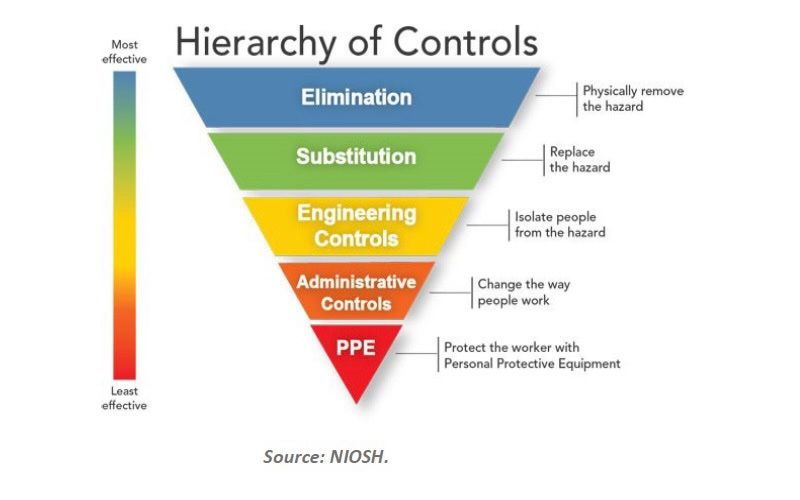There is a plan underway to develop bacteria that can turn the methane in natural gas into diesel fuel for transportation.
There is a plan underway to develop bacteria that can turn the methane in natural gas into diesel fuel for transportation.
“The product that we’re shooting for will have the same fuel characteristics as diesel,” said principal investigator Mary Lidstrom, a University of Washington (UW) professor of chemical engineering and microbiology. “It can be used in trucks, boats, buses, cars, tractors – anything that diesel does now.”
The UW engineers will work with scientists at the National Renewable Energy Lab and two industry partners. They will target the natural gas at oil fields, which often flares off as waste, as well as “stranded” natural gas reserves too small for a pipeline to be economically viable.
The team, which earned a $4 million grant from the U.S. Department of Energy, aims to capture that natural gas and use bacteria to turn its main component, methane, into a liquid fuel for transportation.
“The goal at the end of three years is to have an integrated process that will be ready for pre-commercialization pilot testing,” Lidstrom said.
The four project partners have distinct roles. First, the UW team will develop a version of the bacteria that is even better at converting methane to energy-rich fatlike molecules. Then LanzaTech, a New Zealand-based biofuels company, will develop a way to grow the new bacteria in larger quantities at high efficiency. Next the U.S. National Renewable Energy Lab in Golden, CO, will devise an efficient way to extract the energy-rich molecules from the microbe’s cells. Finally, partners at Johnson Matthey, a U.K. chemical company, will use chemical catalysts to convert those molecules into diesel.
After establishing a viable method, national lab scientists will work with the industry partners to develop an economic model that predicts manufacturing costs as production scales up.
The bacterium at the center of the effort comes from an alkaline salty lake near Mongolia. Team member Marina Kalyuzhnaya, a UW research associate professor in microbiology, discovered it during her graduate studies in Russia. The microbe can survive in harsh environments, consumes methane and uses it to build cells containing energy-rich lipids. At UW, researchers have altered the microbe to grow unusually fast, making it practical for industrial applications.



